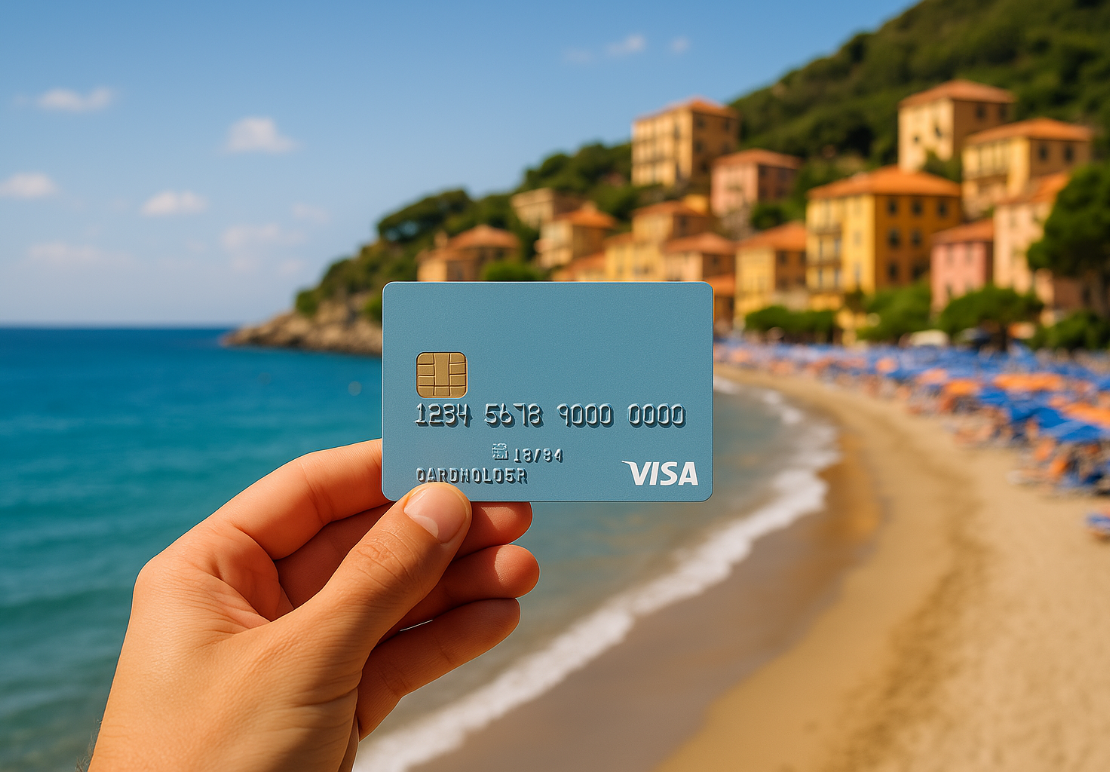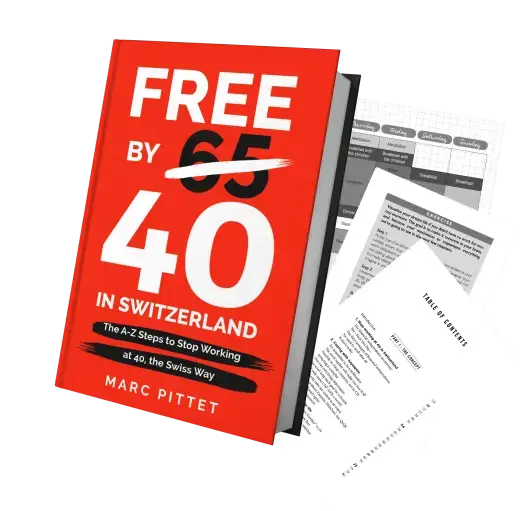Back to a cold evening in January 2014, I remember myself on the couch staring at my screen after having finished to read blog posts about ETF investing and wondering: “All this is very interesting but how much fees will I pay and how much returns will I get in the end?!?”.
I was left alone with my blank Swissquote account and the least we can say is that this bank isn’t guiding you at all regarding what will happen next, once you have bought your first equities…
So I decided to jump anyway, as I knew that investing was the way to go. In the worst case, I could still use any bad experience with some hidden huge fees as a learning and share it with you guys/gals!
Costs of investing at Swissquote during one year
There are mainly two kind of costs to be covered when you start to play on the stock market:
1/ Safe custody fees
You have to pay this for the bank to host your equities and bonds. There are certain banks which offer them but that’s not our topic today.
At Swissquote, you pay 0.025% of the value of your portfolio per quarter (and a minimum of CHF 15 excl. VAT).
Let’s say you have CHF 100'000 invested, then you have to pay yearly custody fees of: 4 x CHF 100'000 x 0.025% x 1.08 (VAT) = CHF 108/year.
In my own case with a portfolio still below CHF 60'000, I anyway pay yearly 4 x CHF 15 x 1.08 (VAT) = CHF 64.8/year.
These fees are the one you can’t reduce - except by changing of bank/broker.
2/ Buy transaction fees
Everytime you buy one kind of ETF (for instance iShares SMI (CH) A) , you have to pay:
- CHF 9.85 of transaction fees to Swissquote.
This is no matter the quantity of “iShares SMI (CSSMI)” you buy, be it 1 or 30 - 0.075 per cent of the transaction total corresponding to the Swiss stamp tax.
Let’s say you bought 6 “iShares SMI (CH) A” for a total value of CHF 526.40, then your Swiss tamp tax will be: 526.40 x 0.075 / 100 = CHF 0.40 - Finally, there is a market fee of CHF 2.00 per transaction (for our iShares SMI example, this is a “SIX Swiss Exchange” fee).
- In total, for our 6 “iShares SMI (CH) A” ETF transaction, we had to pay CHF 12.25 of fees (= CHF 9.85 + CHF 0.40 + CHF 2.00)
In order to keep the fees as low as possible, the best is to choose only 4 ETFs and to buy big quantity of each every quarter. Like this you minimize the fees while still having a yearly balanced portfolio.
With this strategy, you should average something around CHF 120/ year of fees at Swissquote.
Returns after one year of investing
With my mid-term goal in mind, my portfolio allocation wasn’t the best to hope that many returns in 2014.
This year seems to be better for Q1-Q2 2015. But that’s another story.
When you start to invest on the market, there are two kind of returns you can expect:
1/ Capital gains
This gain one can make is due to the increase in value of a company. Let’s say you buy for CHF 100 worth of Apple stocks and that you want to sell them two years later at CHF 145. Then you would make CHF 45 of what we call capital gains.
In 2014, our household was glad to see these returns going up to about CHF 600 for our CHF 15'000 invested. Which means about 4% of returns - way way better than any Swiss bank.
Unfortunately, Swissquote’s user interface is the worst one can think of as I couldn’t find any way to see my historical capital gains performance values… that’s why I give you only approximate values that I remember of.
2/ Dividends
On the other hand, the second source of income you can expect from your investments is the money the companies you invest in are ready to give you back as a sort of interests. This is completely up to them to give you how much they want. And when they want.
There are people who base their investing strategy entirely on these companies who pay more interests than the others. If you want to read more about this topic, you can check the famous Dividend Mantra’s blog.
For 2014, our ETF’s dividends reached a total of CHF 22.22.
I hear you saying that this isn’t that much money earned! But it is normal as these are for 2014 only, and some companies are paying dividends only once a year after Q1 for instance, or twice a year.
I will report you how was 2015 by the end of the year but be sure that it will be a lot more cash (at the moment we talk about four times more).
Key learnings from these 2014 numbers
When you invest, you must be patient. You definitely won’t make millions in one year. You are there for the long run so be ready for it!
Also, take your time to analyze what online trading tool fits your strategy the best.
In my case, Swissquote works just fine looking at how I invest four times a year - OK, except its shitty user interface but that’s fine as you deal with it only 1h per year!!!
Finally, and you’ll have to start to invest to trust me, but the feeling of getting automatic money in while you blog from your couch is a pure inner joy!!!
Please share with us your fees and returns’ own experience in the comments section below! I’m looking to learn from your failures and successes too!




